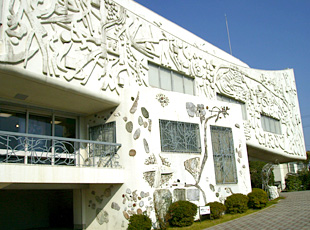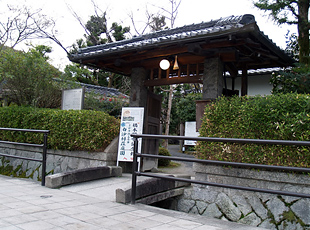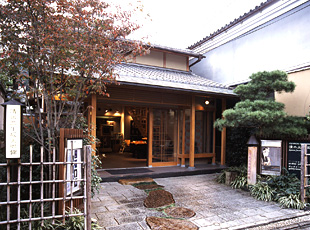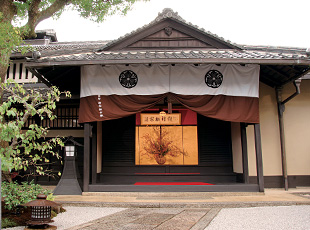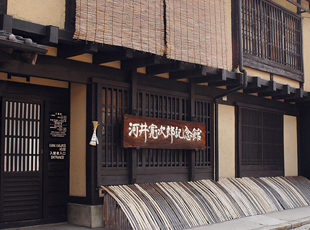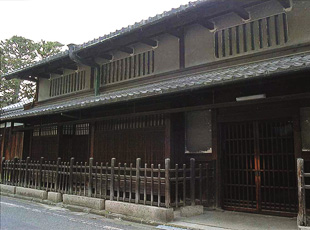Hosomi Museum
This art museum exhibits a Japanese art collection assembled over three generations of the Hosomi family, which made its fortune in business. The collection covers crafts over all periods in Japanese history. These works range from excavated articles dating back to ancient times at the birth of Japanese civilization to pieces from the Edo period when samurai were active, as well as modern exhibits. The museum is particularly well-known for its high standard of its Edo period paintings. It holds exhibitions several times a year on seasonal themes. The "Rimpa School" exhibition is particularly popular and attracts a lot of visitors.
* The Rimpa School is said to have made a large impact on impressionist schools in Europe.
The museum shop in the subbasement is highly popular for its selection of tasteful goods which make perfect gifts. There is a tea-ceremony room on the top floor, giving visitors an easy opportunity to experience the traditional Japanese tea ceremony.
- The Collections
- The museum's collection includes works from all periods and genres of Japanese art. These range from Buddhist art nearly 1,000 years old to Japanese-style paintings, decorative art, and tea ceremony utensils.
Particularly popular is the "Rimpa school" decorative art; the most famous of its kind in Japan, created by Tawaraya Sotatsu and Ogata Korin. The graphical designs are so modern it is hard to believe they were created hundreds of years ago. Many visitors come especially to see these exhibits, and a Rimpa school exhibition is also held once every year.
There is also an excellent collection of works by the Edo period painter, Ito Jakuchu. Ito's paintings are elaborate with realistic depictions, and there are collectors of his work even in the West.
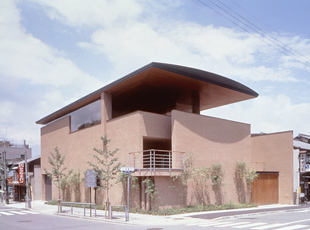
- Notes
- The museum is located close to Okazaki-koen Park, where there are a large number of art museums and galleries.
The National Museum of Modern Art, Kyoto and the Kyoto Municipal Museum of Art are both within walking distance. The Heian-jingu Shrine is also located nearby.
| Language | English, and Japanese (Website) |
|---|---|
| Museum Shop | Yes |
| Cafes & Restaurants | Yes (Cafe) |
| Address | 6-3 Saishoji-cho Okazaki, Sakyo-ku Kyoto 606-8342 JAPAN |
|---|---|
| Contact | 075-752-5555 |
| Opening Hours | Museum,Shop:10:00 a.m.-6:00 p.m. |
| Closed | Monday(or, if Monday is a national holiday, the following Tuesday) * Please note that the museum hours and closures may be changed without notice. |
| Admission Fees | Varies depending on the exhibitions |
| Transportation | Kyoto City Subway:Get off at "Higashiyama"Station (7 minutes' walk from the 2th exit) Kyoto City Bus:Get off at "Higashiyama-Nijo" bus stop #31,201,202,203,206 (3 minutes' walk to the east) Kyoto City Bus:Get off at "Kyoto Kaikan Bijutsukan-mae" bus stop #5,32,46,100 (Raku Kyoto City Bus) (7 minutes' walk to the west) |
| Website | http://www.emuseum.or.jp/eng/index.html (English) |

